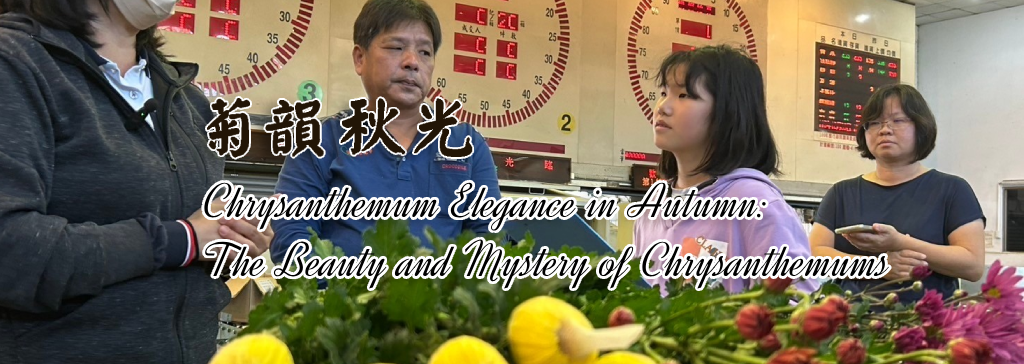
Date:
December 26, 9:00 AM
Location: Tianwei Flower Auction Market
Interviewees: Manager Zhong, Section Chief Li, and Team Leader Huang
Process of Chrysanthemum Harvesting to Flower Auction Market:
Harvesting → Pre-cooling → Grading → Bundling → Boxing → Packaging → Transportation
Question 1 :
Which chrysanthemum variety sells best here? Is it directly related to market demand?
Answer :
The best-selling chrysanthemum variety is the large white chrysanthemum. It is commonly used for rituals and funerals, as its appearance conveys solemnity and dignity. Due to this, its demand remains high, leading to strong sales.
Question 2 :
What factors influence the value of chrysanthemum varieties?
Answer :
The value of chrysanthemums is influenced by market demand and their intended use. Chrysanthemums come in various colors, including red, yellow, and white, each serving different purposes. For instance, flowers used for celebrations and funerals differ in color—white or soft pink shades are more commonly associated with mourning ceremonies. Traditionally, chrysanthemums were primarily linked to funerals, but with modern breeding advancements and the introduction of beautifully dyed varieties, they are now widely used for festive occasions as well.
Question 3 :
How do consumer preferences for chrysanthemum varieties or colors differ across regions?
Answer :
In Taiwan, consumer preferences can be generally divided between the northern and central-southern regions. The northern region tends to be more open-minded and receptive to lighter or more unconventional chrysanthemum colors. In contrast, the southern region is more traditional, favoring classic hues such as deep red or other conventional colors. As a result, there are noticeable differences in floral color preferences between the north and south.
Question 4 :
Have any new markets or export destinations emerged in recent years? What are the key characteristics of these markets' demands?
Answer :
(1) Due to the effects of climate change, particularly extreme weather conditions—either excessive heat or prolonged rainfall—chrysanthemum cultivation has faced significant challenges. For instance, a recent typhoon severely reduced chrysanthemum production, leading to a noticeable increase in flower imports this year. Vietnam, in particular, has become a major chrysanthemum exporter to Taiwan. Vietnamese chrysanthemums are primarily cultivated under corporate-style management with advanced facilities, ensuring higher-quality flowers. In contrast, Taiwan’s domestic flower industry struggles to compete on the same level.
(2) In terms of market demand, Vietnam's chrysanthemums, especially smaller varieties, come in a vast range of colors and species. Taiwanese chrysanthemum farmers typically cultivate only two or three varieties at most, whereas Vietnam operates on a large-scale, corporate growing model. This allows flower traders to source a diverse selection. For example, a single shipment of 10 boxes from Vietnam might contain 10 different varieties, each with a unique color. This diversity brings novelty to the market, making Vietnamese chrysanthemums more appealing to buyers.
Question 5 :
Compared to other regions, what are the competitive advantages of chrysanthemum cultivation in our area?
Answer :
The primary advantage of our region is its favorable climate—Changhua County provides ideal conditions for chrysanthemum cultivation. Secondly, our local flower farmers possess extensive experience, with some having cultivated chrysanthemums for over five or six decades. This wealth of knowledge, passed down through generations, plays a crucial role in maintaining the high quality of our flowers.
Question 6 :
Has the government or local associations provided support for our chrysanthemum industry?
Answer :
Each year, we apply for equipment subsidies from the Agriculture and Food Agency as well as the Changhua County Government. The government has been highly supportive, particularly in maintaining flower quality through the implementation of a cold chain system. Refrigerated trucks are used for transportation, and many wholesale markets are equipped with cold storage facilities to ensure the freshness of the flowers.
Additionally, flower farmers must pre-cool harvested flowers, especially during summer when field temperatures are high. Without pre-cooling, flowers placed directly into boxes after harvest may suffer heat damage. Proper pre-cooling significantly enhances flower quality.
Furthermore, we can regulate production and sales since the demand for flowers fluctuates daily. While farmers can release their entire stock in a single day, we have the flexibility to stagger sales over three days, allowing us to better align with market demand and stabilize prices.
Question 7 :
Have chrysanthemum farmers adopted innovative sales methods, such as online platforms or direct sales?
Answer :
Some flower farmers have attempted these approaches, especially when flower prices decline. For instance, some lily farmers sell their flowers via Facebook or other online platforms. However, we generally discourage this practice because the market already has an established demand and supply balance. When individual farmers start selling directly, it often leads to price dumping, further disrupting the market equilibrium.
Instead, we now offer wholesalers the option to place online orders in advance. They can pre-order the flowers they need, and we coordinate with farmers to fulfill these orders, ensuring a more stable and organized sales process.
Question 8 :
How is subpar chrysanthemum quality handled during sales?
Answer :
During auctions, inspectors examine each box of flowers. If an inspector identifies any issues—such as pest damage, overly thin or bent stems, or blooms that are too open—they report these concerns to the auctioneer. These quality issues are then noted during the auction, and pricing is adjusted accordingly.
Ultimately, daily auction prices are determined based on both flower quality and market demand. The higher the quality, the better the price.
Question 9 :
How is the price of chrysanthemums determined? Is it influenced by seasonal supply and demand or other factors?
Answer :
Chrysanthemums are sold in fixed-quantity bundles, with each bundle containing no fewer than ten stems. The auction market establishes a base price, and when demand is high, the final selling price naturally exceeds this minimum. The set base price is 20 NTD. If flowers fail to sell at or above this price, they are destroyed the same day—farmers are not allowed to reclaim unsold flowers.
Once flowers enter the auction market, they must adhere to its regulations. At the end of each auction, any remaining flowers are disposed of using designated waste-processing vehicles. Excess stock occurs when the market reaches saturation or when overall demand is low. Retaining unsold flowers for the next day would not improve the situation, as the market demand remains unchanged.
Additionally, farmers are encouraged to eliminate lower-quality flowers in the field rather than sending them to auction. The system does not guarantee sales for all flowers entering the market. Ultimately, prices are dictated by market conditions and supply levels—when demand is high, there is no price ceiling; when demand is low, surplus flowers are inevitable.
Question 10 :
When is the peak season for chrysanthemum sales? Which varieties maintain stable sales? What are the top three best-selling chrysanthemums?
Answer :
(1) The peak sales periods for chrysanthemums typically occur during two major occasions. The first is the Qingming Festival, when a significant quantity of flower bouquets is needed for ancestral worship. The second is the Lunar New Year, during which offerings, such as those made to the Jade Emperor, traditionally include two bouquets of flowers. Additionally, on the first and fifteenth days of each lunar month, religious rituals and temple ceremonies also contribute to steady demand for chrysanthemums.
(2) The three best-selling chrysanthemum varieties are: first, the large white chrysanthemum; second, the small white chrysanthemum; and third, the small pink chrysanthemum. These varieties are highly sought after due to their wide range of uses and strong demand, particularly for solemn occasions like funerals, where white flowers are preferred for their dignified appearance. However, during the Lunar New Year, red chrysanthemums become more popular, especially rare and exotic varieties such as imported peony chrysanthemums, which bloom into large, round, peony-like flowers. Many households now decorate with peony chrysanthemums during the New Year festivities.
Question 11 :
What is the current status of Taiwan's chrysanthemum exports?
Answer :
In the past, Taiwan exported chrysanthemums to Japan. However, the current market conditions have declined due to Japan also importing chrysanthemums from Vietnam. Vietnamese cultivation is more specialized and capable of supplying larger quantities, whereas Taiwan’s chrysanthemum industry consists mostly of small-scale individual farmers. As a result, Taiwan’s chrysanthemum exports have significantly decreased.
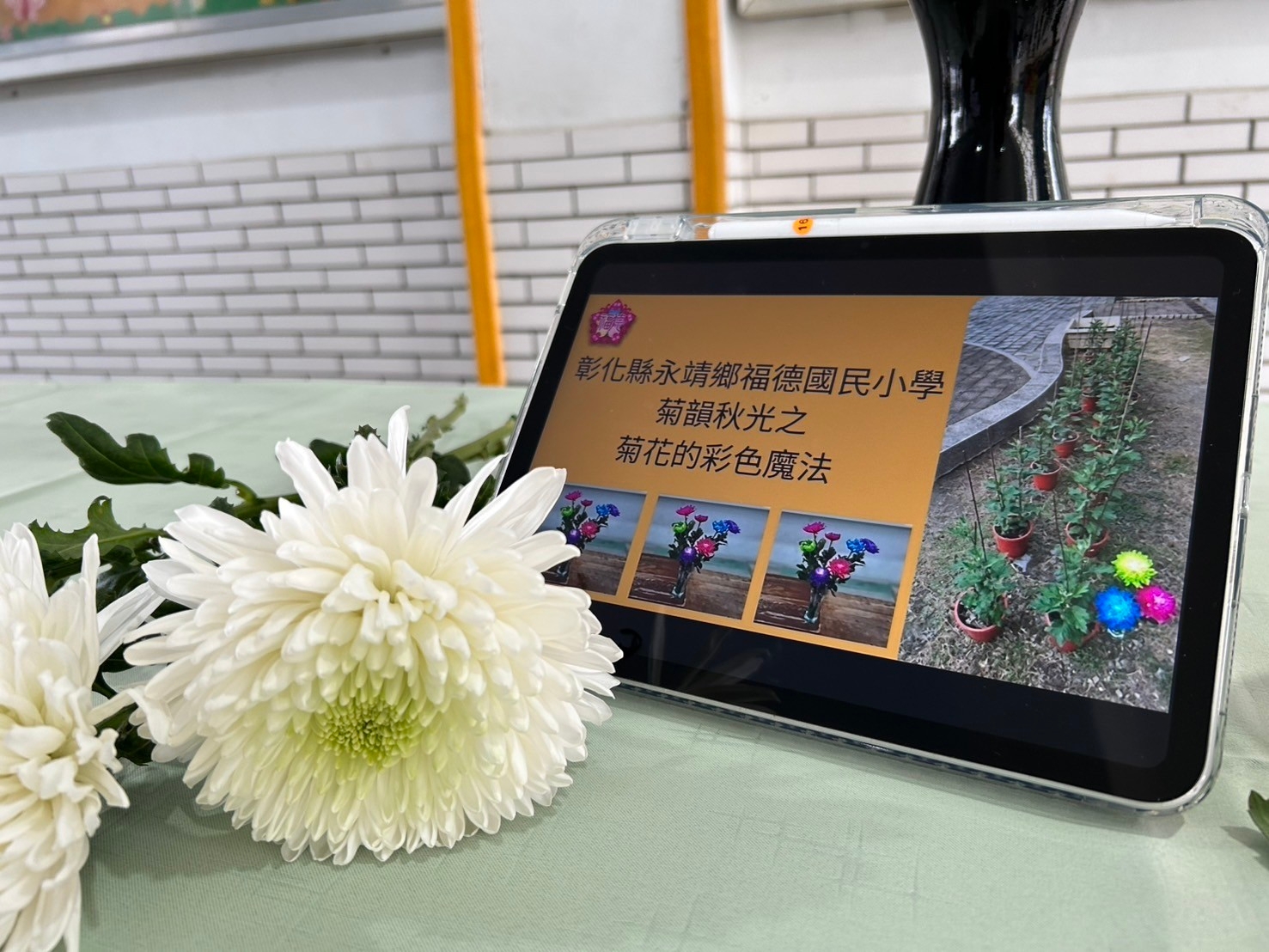
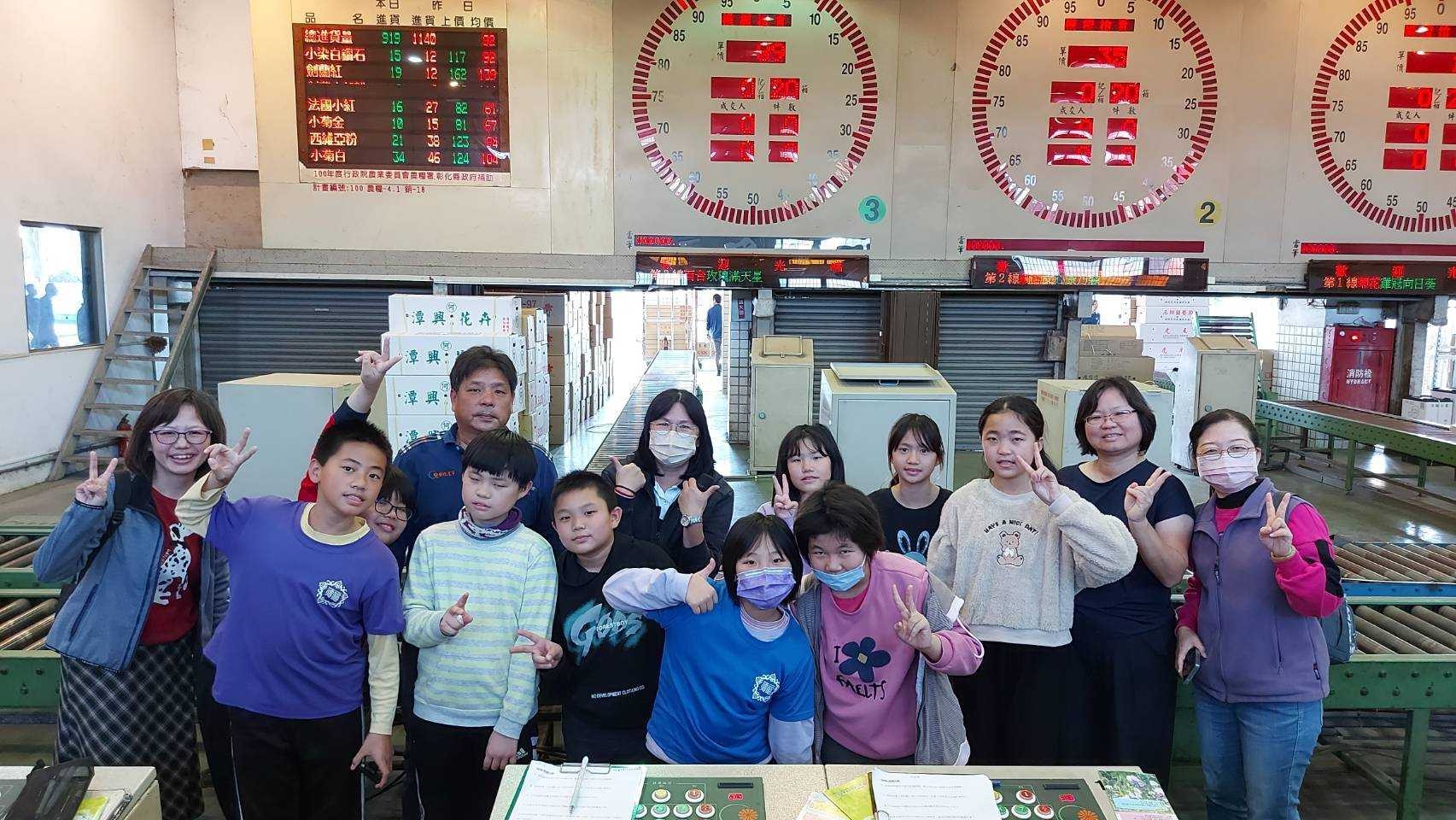
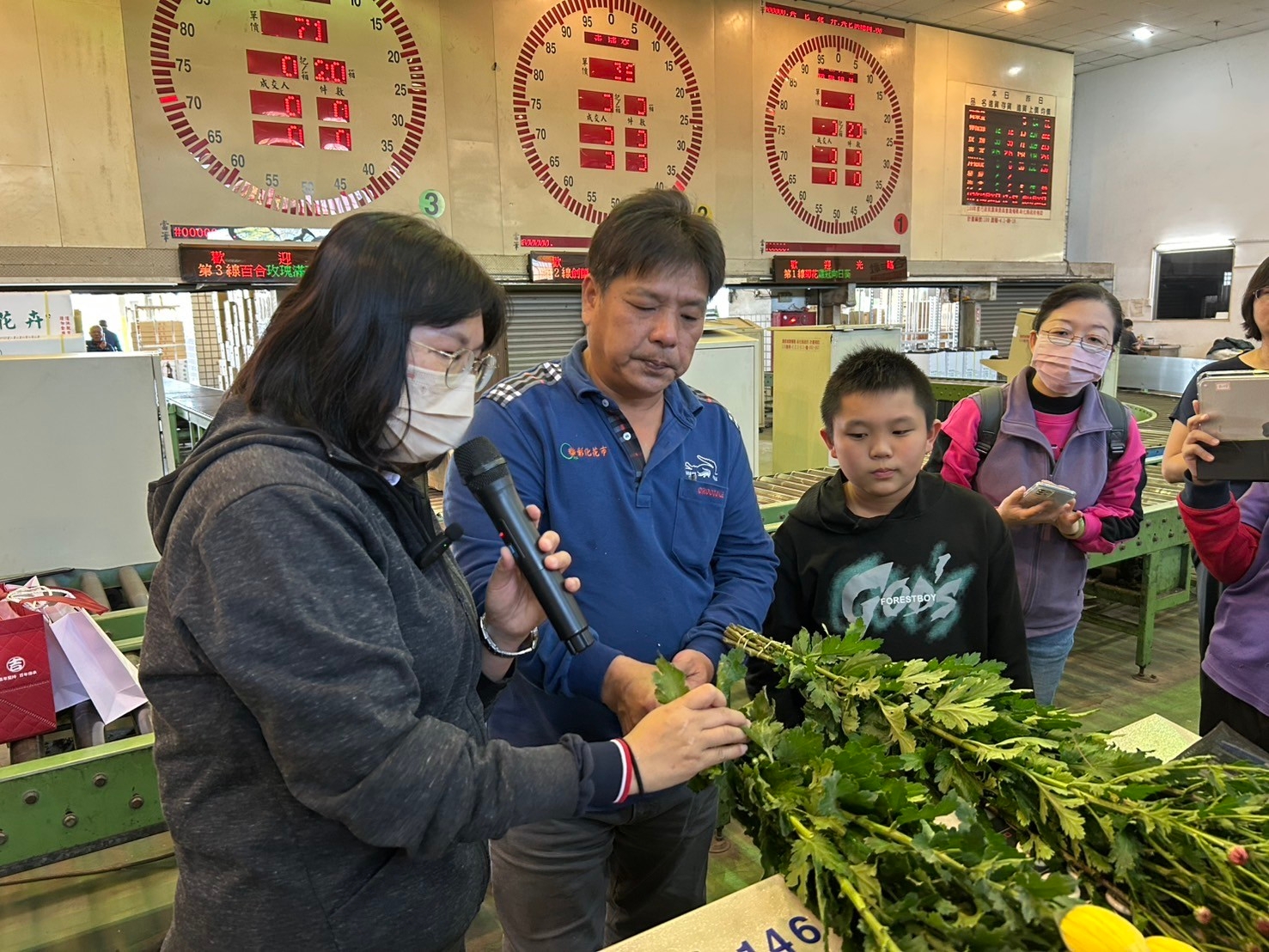
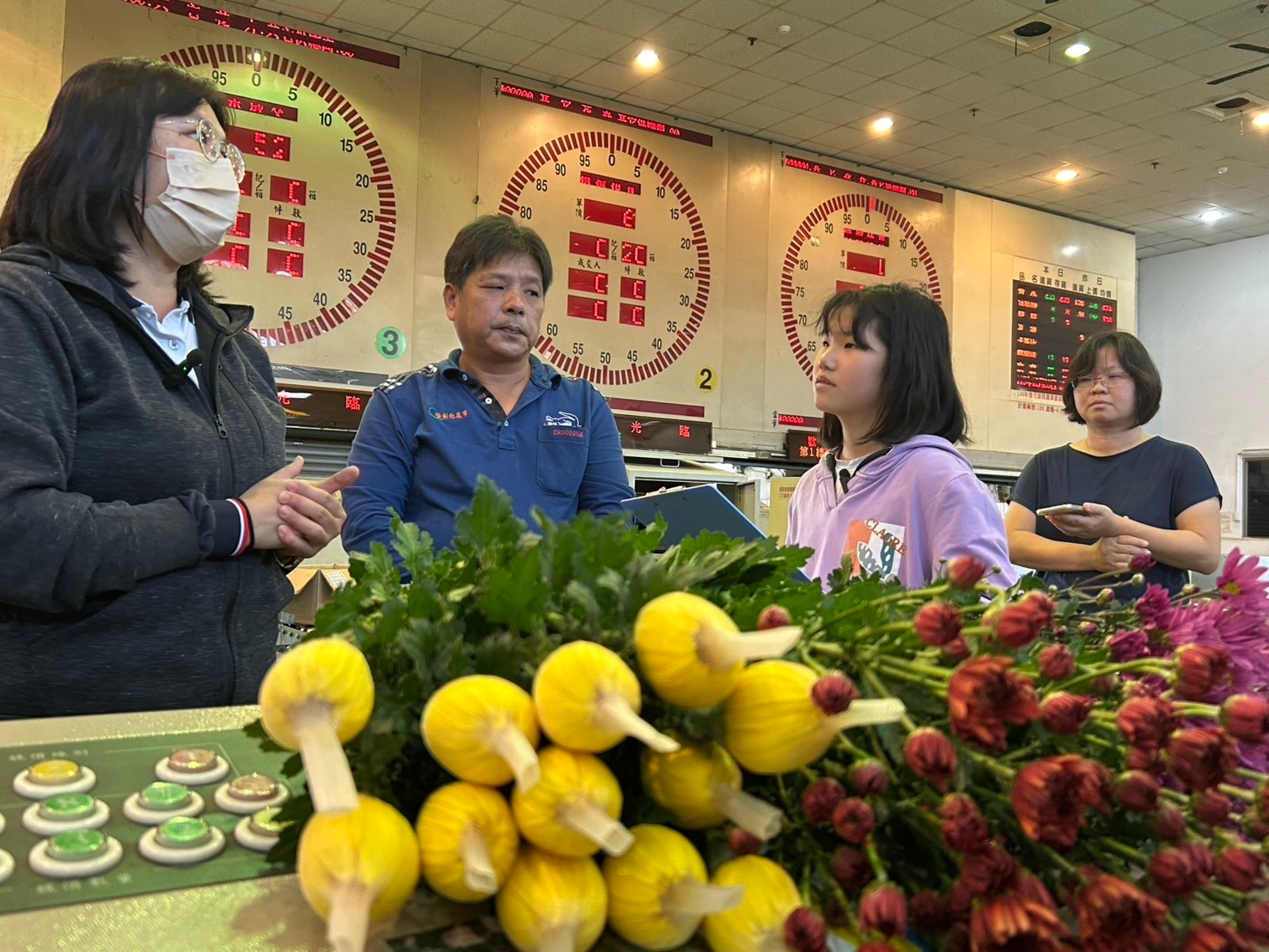
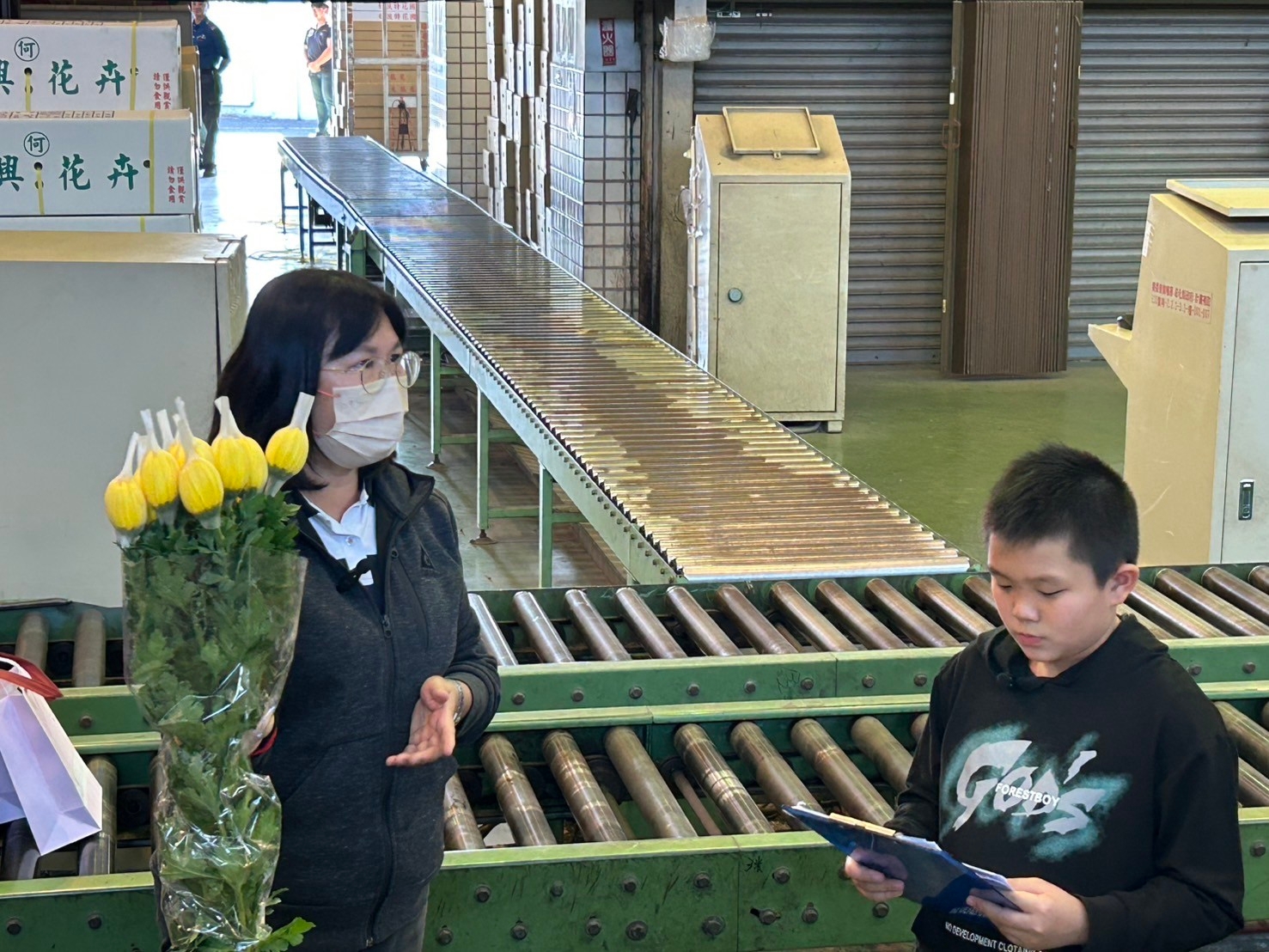
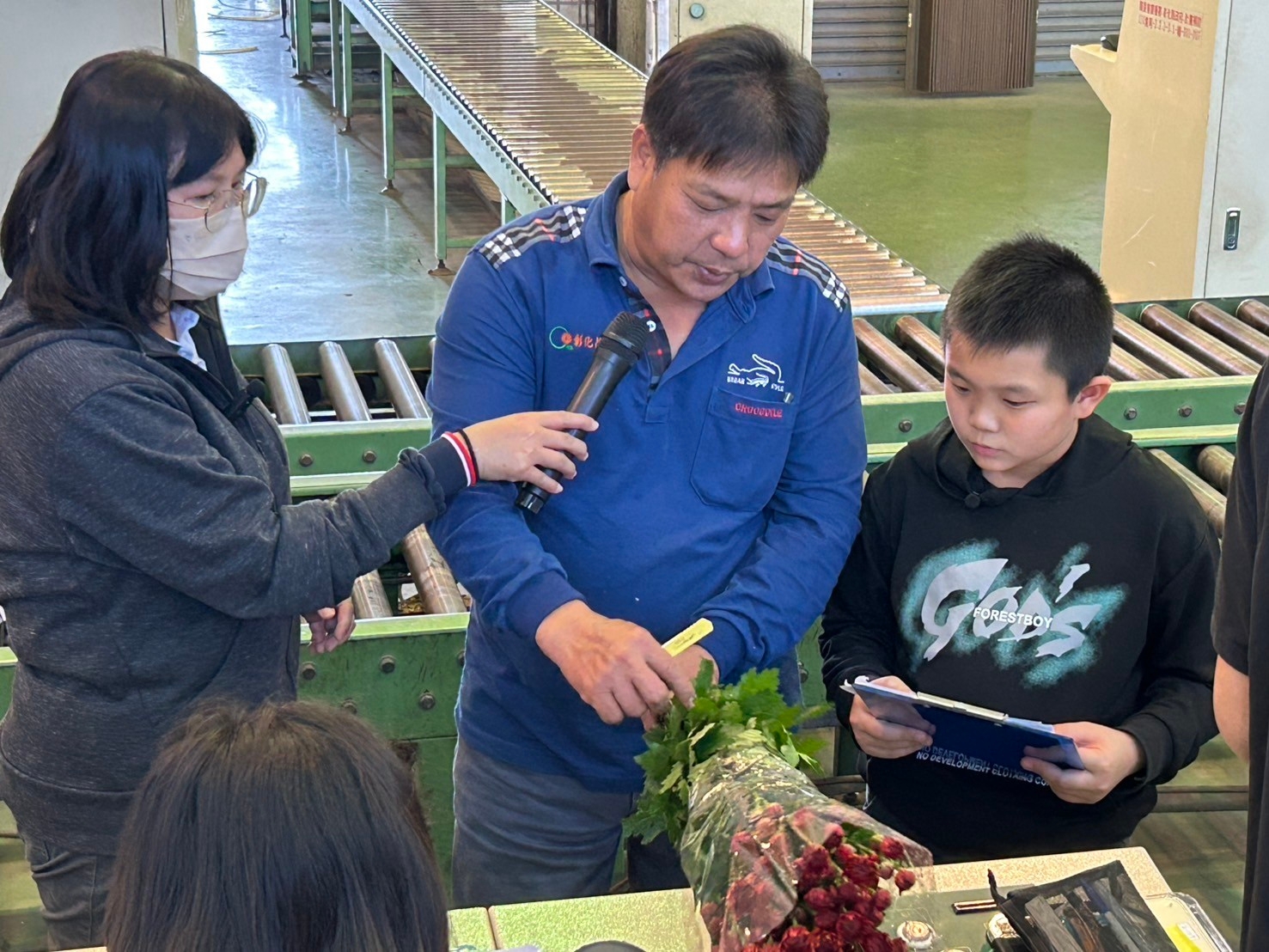
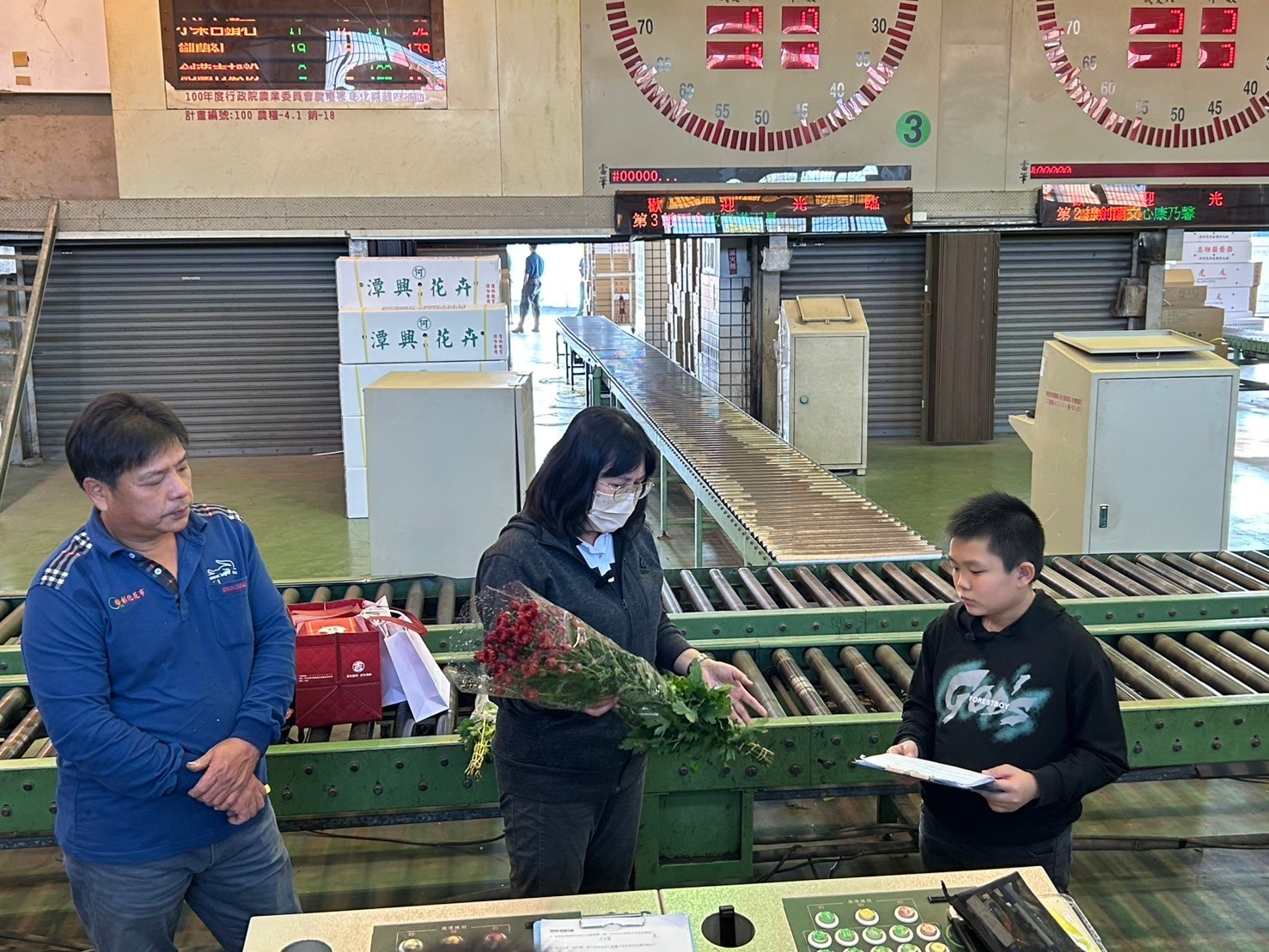
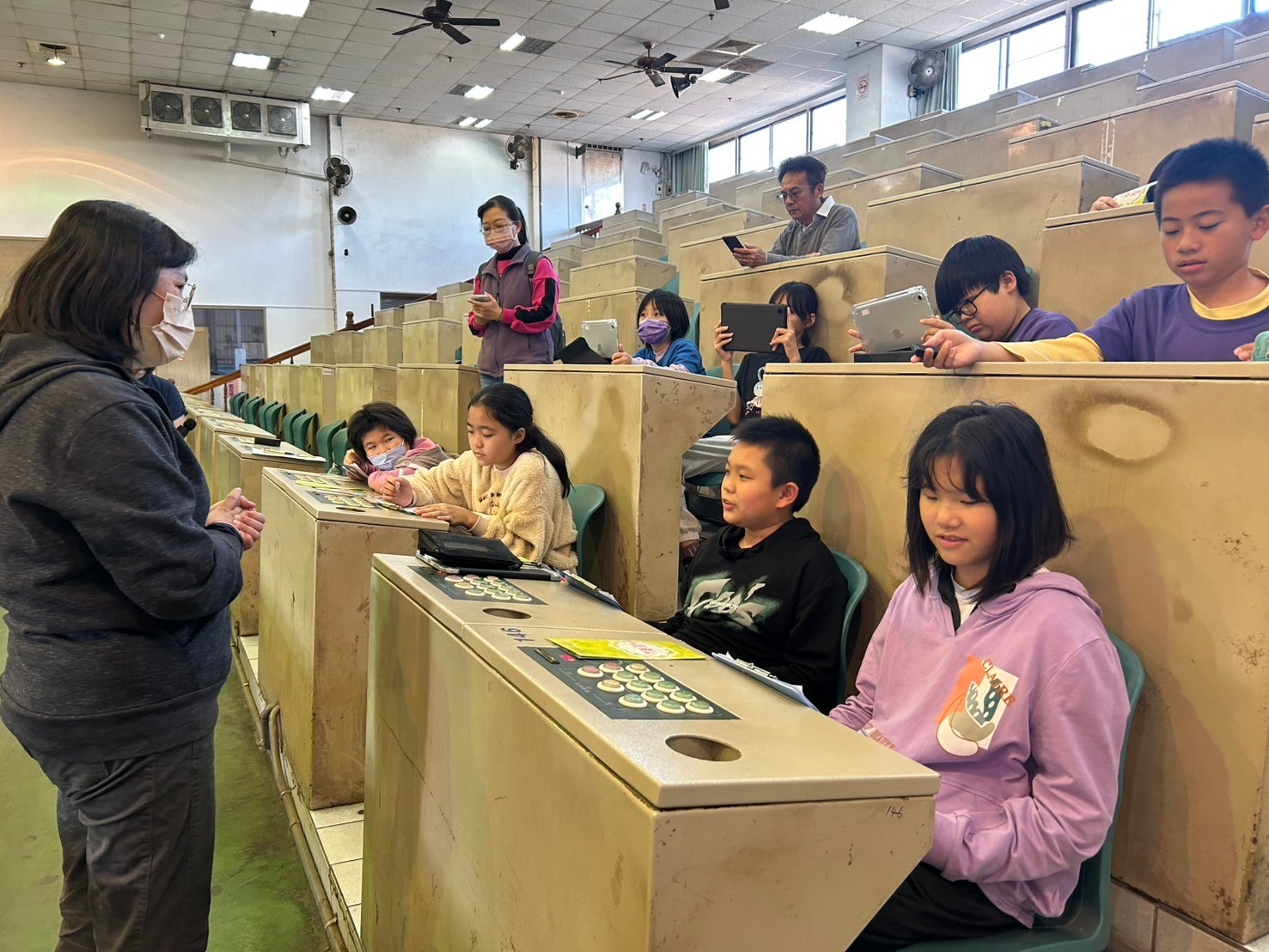
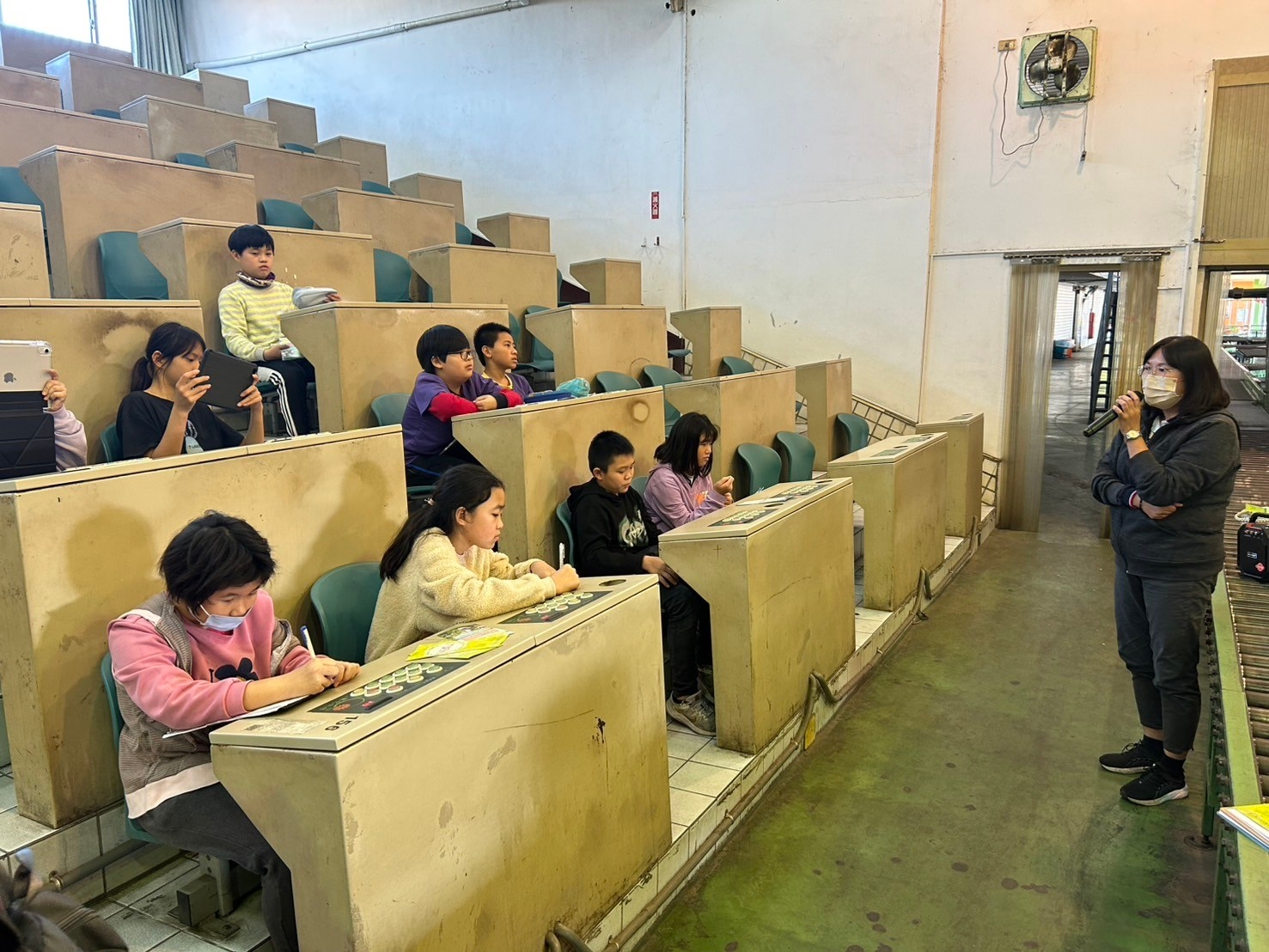

Question 12 :
Could you please tell me about the flower market auction process and transaction status?
Answer :
At 4:00 PM, the Changhua Tianwei Flower Auction Market commences its auction process, with a three-line computerized auction system operating in sync with a conveyor belt.
Three auction clocks are mounted on the wall, and the buttons on the wholesalers' desks are used to bid for flowers. The auction takes place simultaneously on three lines, requiring buyers to make purchases from all three at once. As the auction begins, different staff members manage each line. Wholesalers must first decide which line to buy from and how many lots to acquire, as each lot varies in quantity.
Pricing starts from the top and decreases gradually. The auctioneer sets the initial price based on market conditions, and the unit price continues to drop until a wholesaler presses the button to finalize the transaction.
The peak trading days, commonly referred to as "major transaction days," occur on the 26th to 28th and the 11th to 13th of each lunar month. During these periods, large-scale wholesalers prepare in advance to meet the demand for offerings on the first and fifteenth days of the lunar month.
Question 13 :
How can pest problems be managed without using pesticides?
Answer :
Instead of pesticides, more natural and eco-friendly methods can be used, such as spraying chili water, using yellow sticky traps, or manually removing pests. Some insects, like noctuid moth larvae, tend to hide beneath the leaves and need to be caught at night.
Chrysanthemums are easier to cultivate in winter due to fewer pest infestations. However, summer presents greater challenges, as pests are more prevalent and extreme weather conditions—such as high temperatures and heavy rainfall—further impact their growth.
Question 14:
What is the difference between natural color chrysanthemum varieties and dyed chrysanthemums?
Answer :
Chrysanthemums now come in a wide variety of natural species, and the techniques for dyeing them have gradually improved. However, excessive dyeing is not encouraged, as a more natural appearance is generally preferred. One concern is that many farmers improperly dispose of leftover chemical dyes, which are industrial-grade substances that may harm the environment.
Although dyed chrysanthemums expand consumer choices in the market, their environmental impact cannot be ignored. Naturally colored chrysanthemums already offer a rich palette of hues, with their pricing fluctuating based on demand. Dyed chrysanthemums, on the other hand, rely on specialized techniques, making them rarer and often commanding a higher price.
Question 15 :
What happens if one is bitten by pests that infest chrysanthemums?
Answer :
It is advisable to wear gloves, as while most pests do not bite, some have fine hairs that can cause skin irritation or allergic reactions.
Question 16 :
Do weeds affect the growth of chrysanthemums?
Answer :
Weeds compete for nutrients in the soil, which can hinder the growth of chrysanthemums. Insufficient nutrients result in thinner stems and smaller blooms. Additionally, dense or overgrown weeds may overshadow the chrysanthemums, affecting their leaves, which could turn yellow and lose their vibrancy. Weeds also harbor pests and diseases that can further impact the health of the flowers, making their removal essential.
Could you please tell me about the flower market auction process and transaction status?
Answer :
At 4:00 PM, the Changhua Tianwei Flower Auction Market commences its auction process, with a three-line computerized auction system operating in sync with a conveyor belt.
Three auction clocks are mounted on the wall, and the buttons on the wholesalers' desks are used to bid for flowers. The auction takes place simultaneously on three lines, requiring buyers to make purchases from all three at once. As the auction begins, different staff members manage each line. Wholesalers must first decide which line to buy from and how many lots to acquire, as each lot varies in quantity.
Pricing starts from the top and decreases gradually. The auctioneer sets the initial price based on market conditions, and the unit price continues to drop until a wholesaler presses the button to finalize the transaction.
The peak trading days, commonly referred to as "major transaction days," occur on the 26th to 28th and the 11th to 13th of each lunar month. During these periods, large-scale wholesalers prepare in advance to meet the demand for offerings on the first and fifteenth days of the lunar month.
Question 13 :
How can pest problems be managed without using pesticides?
Answer :
Instead of pesticides, more natural and eco-friendly methods can be used, such as spraying chili water, using yellow sticky traps, or manually removing pests. Some insects, like noctuid moth larvae, tend to hide beneath the leaves and need to be caught at night.
Chrysanthemums are easier to cultivate in winter due to fewer pest infestations. However, summer presents greater challenges, as pests are more prevalent and extreme weather conditions—such as high temperatures and heavy rainfall—further impact their growth.
Question 14:
What is the difference between natural color chrysanthemum varieties and dyed chrysanthemums?
Answer :
Chrysanthemums now come in a wide variety of natural species, and the techniques for dyeing them have gradually improved. However, excessive dyeing is not encouraged, as a more natural appearance is generally preferred. One concern is that many farmers improperly dispose of leftover chemical dyes, which are industrial-grade substances that may harm the environment.
Although dyed chrysanthemums expand consumer choices in the market, their environmental impact cannot be ignored. Naturally colored chrysanthemums already offer a rich palette of hues, with their pricing fluctuating based on demand. Dyed chrysanthemums, on the other hand, rely on specialized techniques, making them rarer and often commanding a higher price.
Question 15 :
What happens if one is bitten by pests that infest chrysanthemums?
Answer :
It is advisable to wear gloves, as while most pests do not bite, some have fine hairs that can cause skin irritation or allergic reactions.
Question 16 :
Do weeds affect the growth of chrysanthemums?
Answer :
Weeds compete for nutrients in the soil, which can hinder the growth of chrysanthemums. Insufficient nutrients result in thinner stems and smaller blooms. Additionally, dense or overgrown weeds may overshadow the chrysanthemums, affecting their leaves, which could turn yellow and lose their vibrancy. Weeds also harbor pests and diseases that can further impact the health of the flowers, making their removal essential.
